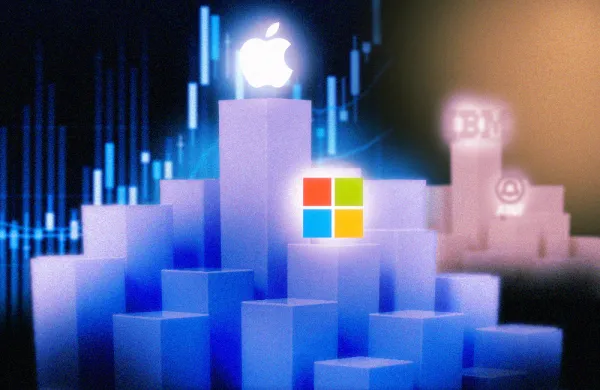When I was 18 months old, my mom worried about my seemingly lagging childhood development when I had yet to utter a single word. It turns out I just needed the proper motivation: carbs. My infamous first words shortly thereafter were “May I have a cookie, please?”
My diet was, is, and always has been terrible. From my early addiction to cookies, Lucky Charms, and tater tots to my adult fixation on steak-frites, wings, and brownies, my two favorite food groups have always been sugar and fat. After I turned 21 (ok, maybe slightly before), I added fermented beverages to my list of ingestible vices, thus kicking off what seems a perpetual battle with eight unwanted pounds.
I try to do the right things. I ice skate four to five hours per week. I have a slightly redneck personal trainer who bullies me into sweating through another two hours of circuit training with motivational bon mots such as “Don’t you want to look good when you’re nekkid?” I purchased — and even use — a FitBit. Yet the scale stubbornly refuses to budge.
Of course I’ve done the research on my caloric conundrum. I know that weight loss is 80 percent diet and 20 percent exercise. I know that I’d need to run seven to 10 miles a day to shed one measly pound per week with no changes to my diet. But let’s face it, I also know that a medium-sized banana has 102 calories, while a tasty glass of Prosecco contains just 69.
So, of all people, I know it’s entirely possible to unequivocally know the right thing to do and still do the wrong thing anyway, whether for real or imagined reasons. And I try to explain to the many fund managers that ask me why investors don’t allocate to new, small, or minority and women-owned business enterprise (MWBE) funds that investors can be guilty of the same sin, too.
Indeed, a veritable cornucopia of research points to the benefits of investing with funds a bit off the beaten path. Preqin announced in July that hedge funds with less than $300 million in assets under management, as well as funds with track records of less than three years, posted higher returns on a one, three, and five-year basis. A February 2017 study found that 31 percent of first-time private-equity funds landed in the top performance quartile, while another 23 percent landed in the second quartile. Furthermore, the Hedge Fund Research Diversity Index shows MWBE hedge funds edged the universe at large by roughly 2 percentage points over the past 12 months through mid-September, by 51 basis points over the past three years, and by 44 basis points over the past five years.
Additional research has reached similar conclusions across various assets classes and diverse fund manager populations, and yet investors seem slow to add these so-called emerging managers to their diets. First time private equity funds closed at an average of $149 million in 2016, compared with an average of $564 million for all other PE funds. Over in hedge fund land, data tracker eVestment found that through April 2017, smaller funds (those with under $1 billion in assets) reported $3.5 billion in asset outflows for generating 2016 returns between zero and five percent, while funds with more than $1 billion in AUM received $2.87 billion in capital inflows for the same performance.
For many fund managers, those statistics are pretty hard to digest — raising the question, “If emerging manager outperformance exists, why don’t investors eat it up?” And, unfortunately, the answer is not as simple as my carbs.
There are legitimate structural issues facing some investors, particularly larger institutions. When a fund is small, an investor must make a choice — either become a larger percentage of LP assets or allocate a smaller amount of capital. The former creates potential concentration risk for the investor, while the latter may be inadequate to move the dial on total portfolio performance. In order to put enough capital to work in smaller funds, an investor may need a larger portfolio of them, which can also negatively affect returns over time.
There has also always been a perception that smaller and newer funds are riskier than more established funds. Interestingly, however, Preqin’s data found new and small hedge funds had five-year Sharpe ratios of 2.51 and 1.56, respectively, compared with the overall hedge fund industry average of 1.54, and other studies also support the idea that emerging funds don’t fail much more often than larger funds.
And frankly, the compensation structure for some investors may not be an incentive to take any additional blow-up risk, however small, (or to do due diligence on larger portfolios of managers). Employees may not be adequately rewarded for outstanding returns when acceptable returns will do. But if there’s a problem, they can be fired for not buying the proverbial IBM.
There are a number of additional reasons why investors don’t gorge themselves on emerging funds. In the MWBE arena, investors may have trouble sourcing funds for specific mandates. A specific strategy may not easily lend itself to a smaller fund. And of course, any given manager may just not be as phat as they think they are. Would that I were so lucky.







